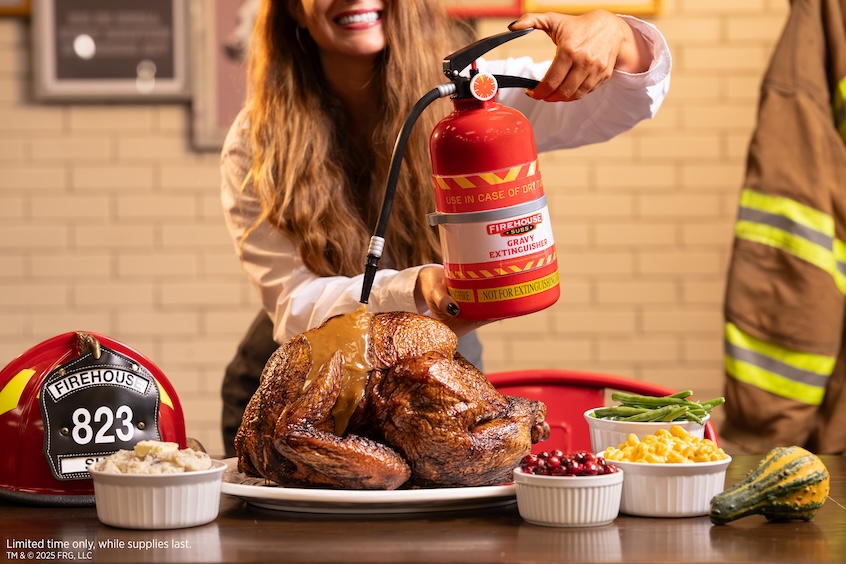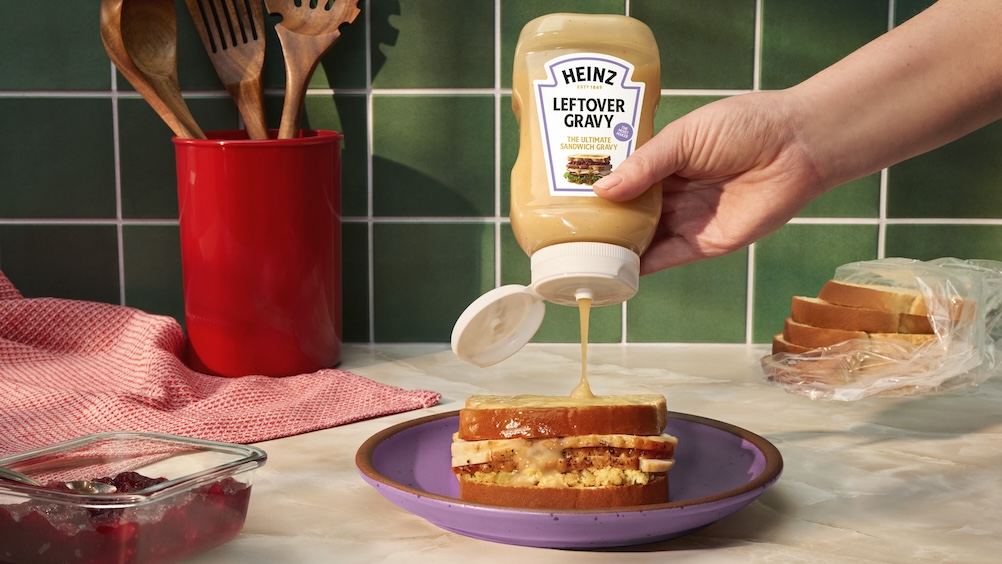FDA Warning Letter Reveals Whole Foods Isn’t As Sanitary As You Think

Adding to the list of controversy surrounding Whole Foods Market this year, the grocery chain received a warning letter from the federal Food and Drug Administration explaining that inspectors found “serious violations” at one of their main packaging facilities.
Specifically, inspectors discovered that Whole Foods North Atlantic Kitchen in Everett Massachusetts had “failed” in many areas of food prep, leading to unsanitary and improper food handling procedures taking place inside the facility.
The letter, dated June 8, addressed to Whole Foods co-founder, John P. Mackey, and Whole Foods C0-CEO, Walter Webb, detailed the violations persistent with FDA’s Current Good Manufacturing Practices (cGMP).
On Feb. 10, 2016, inspectors found that a facility employee was, “mixing ready to eat pesto pasta directly under an area in the Assembly Room where condensate from ceiling joints was dripping onto the surface below,” according to the letter.
Another incident reported by an FDA inspector on Feb. 16, claimed that an employee was using sanitizer and other chemicals to clean surfaces and returned to handling food — without washing hands or changing gloves. Inspectors reported this multiple times throughout the visit.

Additionally, the inspection revealed that Whole Foods, “failed” to properly sanitize equipment that was used in food preparation and apparently swab samples of the equipment showed exposure to, “non-pathogenic listeria” in a vegetable chopping machine.
The FDA informed Whole Foods of these violations on Feb. 26, which Whole Foods responded to with a written letter, listing steps that would be taken to rectify these violations.
“Despite this, FDA has serious concerns that our investigators found your firm operating under these conditions. Further, your response includes retraining of employees as a corrective action for most of the observed violations but you failed to mention adequate supervision over your specialized food processing operations and how retraining will ensure sustained compliance,” according to the letter.
However, the FDA was not convinced Whole Foods had corrected these violations, because the grocer failed to include any documentation proving that corrections had been made and wanted actual proof.
“We do not consider your response acceptable because you failed to provide documentation for our review, which demonstrates that all your noted corrective actions have been effectively implemented. This documentation may include photographs, invoices, work orders, voluntary destruction records of any affected products, certification of actions performed by contractors, and/or any other useful information that would assist us in evaluating your corrections,” the letter continued.
A document titled, “Guide for US FDA-Regulated Organizations— “How to Avoid and Respond to FDA Warning Letters—for Temperature, Humidity and other Controlled Environments,” found on www.wholefoodsmagazine.com, gives detailed suggestions about how to deal with and avoid these violations.

While it is unclear if this document was meant for public consumption, it seems like a guide written to fool the FDA. Whole Foods Market has 15-business days to respond to the FDAs most recent letter, however, no reply has been reported at the time of this report.






















